As of this past week, we have been living with the covid-19 pandemic for one year. We’ve seen a lot over that year, and our “new normal” has slowly transitioned into business-as-usual tedium. We are tired of it, but we are used to it, and we are so ready for things to be back to the old normal.
This time last year, as the country went dark and the summer sun approached, we were all at home. We kept friends and family at arm's length, and everyone knew someone who got sick. We mourned collectively, for the incredible loss of life, of course, but also for the lives we led pre-covid. We learned the value of where we sit in the world and of the people we share it with.
What’s interesting about these circumstances, though, is that through them we have been given a rare opportunity.
Some of us spent the spring and summer cleaning house, taking stock and shedding the things we outgrew. Some of us learned what healthy stuck-at-home routines look like. Some were bored, and some seized on the extra time.
If you know the T&D family, you might know that we were here, in our second home, making the most. Fortunately, the construction industry was not hit hard by the nationwide closures.
By the end of December last year, housing starts and new home sales in the US reached their highest levels since 2006[1], despite the many covid-backed government interventions and increased workplace requirements from states and organizations like OSHA. According to a report from the University of California-Los Angeles Anderson School of Management, the state’s economy is poised for post-pandemic growth at a faster rate than the rest of the U.S., and construction is expected to lead that growth and recovery alongside the tech and logistics sectors[2].
On the surface, this growth might sound like a good deal for us and anyone else in the industry. Unfortunately, construction is not immune to the kinds of employment issues had by other industries. Manufacturers are operating at a lower capacity, with fewer employees working fewer hours. As anyone who orders products online might know, the USPS and couriers like FedEx and UPS have been unable to keep up with incredible increases in volume, and the phrase “estimated delivery date” is now to be taken with a grain of salt.
Reports estimate that over the next month, construction employment will have recovered completely from the levels in April, May and June of last year, and claim that manufacturing has already recovered. On our end, however, we’re seeing five month lead times for things that once took only a few weeks. In conversations with our network of builders and manufacturers, we’ve seen a shortage of tradesmen and factory laborers. Even raw materials like timber have been affected as mills throughout the US saw sharp declines in demand at the beginning of last summer, as housing starts dropped 22.3% nationally at the start of the pandemic last March, prompting layoffs and decreased prices[3]. This was followed immediately by an increase in demand that peaked in October, higher than at any point over the preceding 18 months. Prices have risen incredibly to account for the rapid changes, with change affecting nearly all of the manufacturers who produce products that T&D sells.
Construction may be booming, but there are fewer resources available to support it. This is frustrating for everyone, business and customer alike. Project deadlines are missed, and building milestones postponed. In some cases, years of planning have been disrupted.
However, we are still moving forward, grateful to have projects underway that are exciting for us and our customers. What we gained from the research in this article, and what we hope you gain from reading it, is a healthy bit of perspective and some confidence that things are improving. Vaccination plans are underway across the country, and eating out will soon be much less dubious. Soon, manufacturing employment will be back up to compensate for the rapidly growing demand, and our stale covid frustrations will cease as the new new normal is here.
We are ready for it, and we are excited.
[1] Berardi, Erica. 2020. “California Poised For Growth Despite Pandemic Impacts, Regulations.” Engineering News Record. https://www.enr.com/articles/50861-california-poised-for-growth-despite-pandemic-impacts-regulations.
[2] Schniepp, Mark. 2021. “Progress of the Recovery; The Outlook for 2021 is Still Hazy.” California Economic Forecast. https://californiaforecast.com/author/californiaforecast/.
[3] Riddle, Anne A. 2020. “COVID-19 and the U.S. Timber Industry.” Congressional Research Service. https://www.everycrsreport.com/files/2020-12-10_R46636_814483c3213f2abb58a7230d07463c0dd1123f96.pdf.


